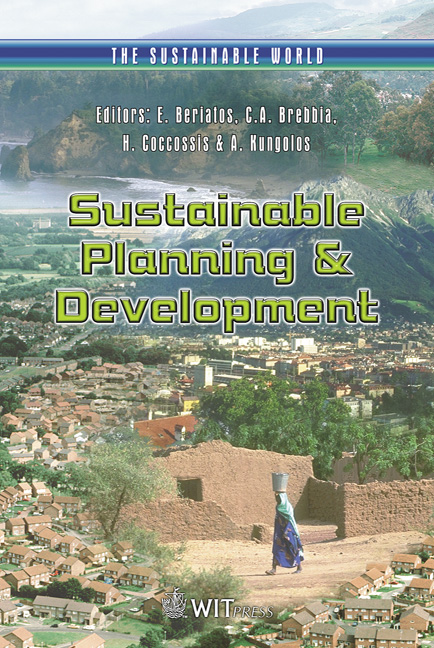Flexible Floating Structures Providing For Both Coastal Protection And Wave Energy Production And Their Integration In Coastal Management Systems
Price
Free (open access)
Transaction
Volume
67
Pages
12
Published
2003
Size
778.66 kb
Paper DOI
10.2495/SPD030441
Copyright
WIT Press
Author(s)
E. Mylonas & N. Sakkas
Abstract
Flexible floating structures providing for both coastal protection and wave energy production and their integration in coastal management systems E. Mylonas & N. Sakkas Daedalus Informatics Ltd., Greece Abstract Coastal zones are considered to be areas where land and sea influence, meet and interact. The coastal band varies depending on the nature of the environment, the interactions of the marine and terrestrial coastal processes and the management needs. Coastal zones occupy less than 15% of the Earth's land surface, yet they accommodate more than 60% of the world's population. Exploitation of natural wealth resources added to an accelerating urbanization will further amplify this trend, so by 2025 there could be up to 75% of humanity residing in coastal areas (UNCED, 1992). Most of the world coastal ecosystems potentially threatened by unsustainable development are located within northern temperate and northern equatorial zones with Europe having 86% of its coasts at either high or moderate
Keywords





